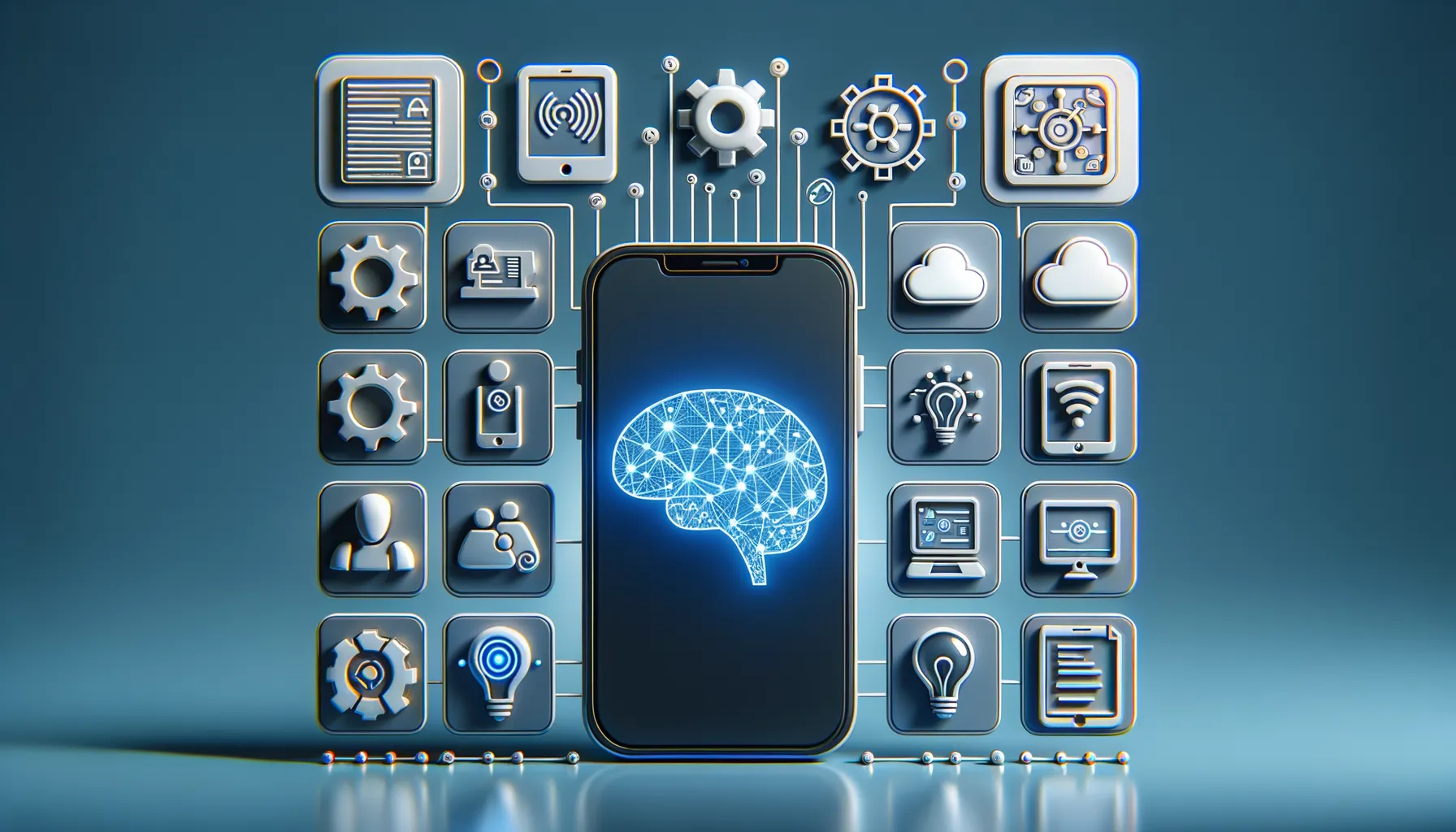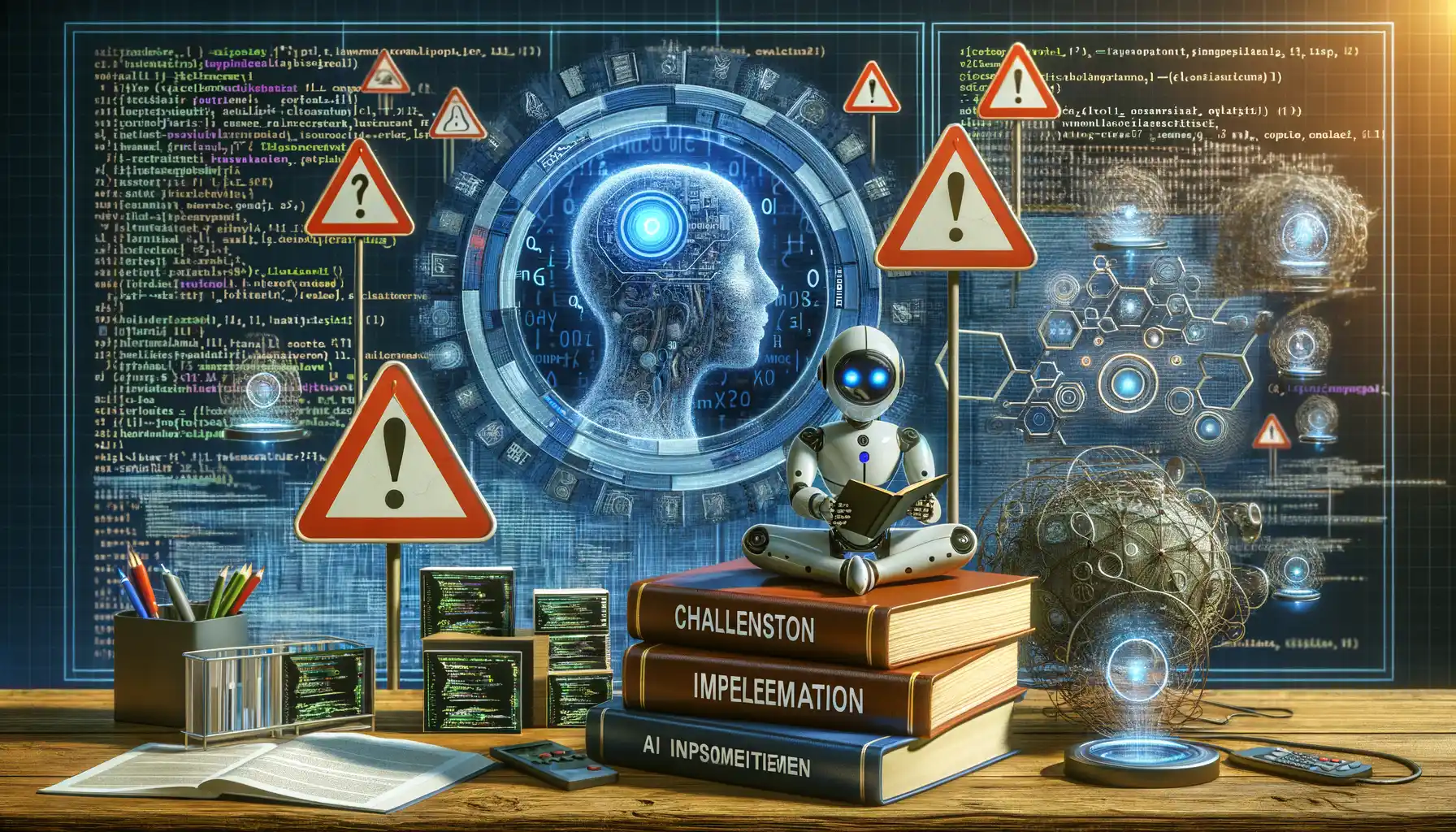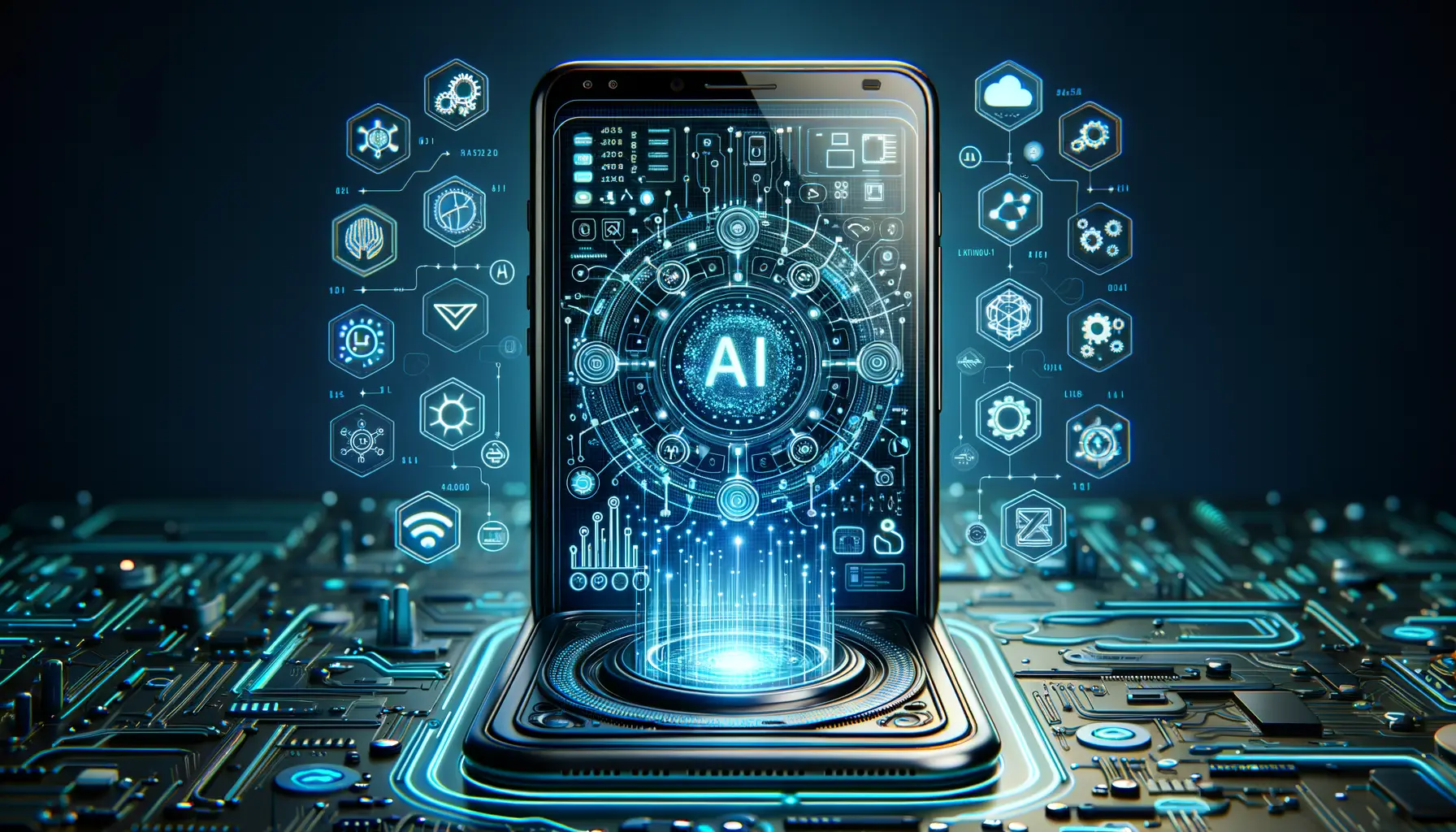Introduction to AI in Mobile App Quality Assurance
Have you ever felt the frustration of an app crash right when you’re about to send an important message or complete a purchase? Quality assurance (QA) in mobile apps ensures these moments don’t happen—or happen far less often. But as apps grow more complex, QA needs reinforcements. Enter Artificial Intelligence, your new problem-solving sidekick in testing.
How AI Changes the Game in Mobile App Testing
Think of traditional mobile app testing like combing through a massive haystack for that one flaw that will annoy users. Painstaking and time-consuming, right? Now imagine having a supercharged magnet that not only finds the flaws but predicts where future ones might appear. That’s what AI does. It’s not just about random bug fixes; it’s about predictive power, efficiency, and letting human testers focus on higher-level logic.
AI-powered tools dive deep into massive app ecosystems, handling tasks like:
- Spotting glitches faster than any human team could.
- Simulating real-world conditions—like unstable networks or low battery scenarios.
- Instantly analyzing test results to suggest optimized solutions.
If you’re skeptical, consider this: Apps like your favorite food delivery service or online banking tool wouldn’t survive without seamless functionality. AI is why you rarely notice the complex underpinnings unless something goes wrong. It’s your invisible guardian, working tirelessly behind the scenes.
Benefits of AI-Driven Automation in Testing

Transforming Testing with AI Precision
Imagine having a tireless assistant by your side, working 24/7 to make sure your mobile app runs flawlessly. That’s exactly what AI-driven automation does for testing. It doesn’t just speed things up — it revolutionizes how quality assurance is done. Forget repetitive tasks eating up your time; now, those can be handled with laser-like precision, freeing you to focus on the bigger picture.
With AI, testing becomes smarter. For instance, instead of manually checking if your app performs well on dozens of devices, AI can simulate thousands of real-world scenarios in minutes. Need to identify bugs before users do? AI can spot anomalies faster than the sharpest QA team member.
- Accuracy: Machine learning reduces human error, spotting even elusive glitches.
- Speed: Process mountains of test cases at lightning-fast rates.
- Cost-Effectiveness: Get more done with fewer resources.
It’s like having Sherlock Holmes embedded in your code—detecting patterns, predicting outcomes, and ensuring everything runs smoothly before you hit “deploy.”
The Human-AI Duo: Better Together
AI doesn’t replace your QA team; it elevates them. Picture this: while AI combs through tedious test scripts, your developers can channel their creativity into crafting amazing user experiences. It’s synergy at its finest. Remember, a tool is only as powerful as the hands that wield it, and with testing, humans and machines together are unstoppable.
Key AI Tools and Technologies for Mobile App Testing

Revolutionary AI Tools Making Waves in Mobile App Testing
Imagine this: you’re a developer, pressed for time, juggling deadlines, and along comes a superhero in the form of AI tools to take the testing burden off your hands. Yes, that’s what today’s cutting-edge AI technologies are doing—making mobile app testing smarter, faster, and less of a headache. Let’s deep dive into some of the stars in this tech universe.
- Appium + AI: Pairing AI with this open-source powerhouse transforms it into a tool capable of predicting flaky tests and generating robust test scripts in record time. It’s like having a crystal ball for spotting failures before they appear.
- Sauce Labs (with machine learning): Not just a testing platform, but a coach that learns from your test history to prioritize cases intelligently. It eliminates guesswork by uncovering hidden bugs most likely to affect performance.
- Test.ai: Think of it as the detective on your team. With pre-built AI-driven modules, it scans your app with Sherlock-like precision, identifying usability issues across various devices.
AI-Powered Features That Are Game-Changers
It’s not just about flashy names—what’s under the hood matters. One breakthrough is visual testing powered by neural networks, which mimics human eyes to spot UI flaws like misaligned buttons or blurry images. Then there’s natural language processing (NLP), enabling AI tools to understand user stories written in plain English and turn them into actionable test cases. These innovations aren’t just tools—they’re tireless problem solvers reshaping how testing works.
Challenges of Implementing AI in QA and Testing

Untangling the Complexity of AI Integration
Implementing AI in QA and testing might sound like a no-brainer, but trust me—it’s not all rainbows and seamless automation. Imagine trying to craft a gourmet meal with the finest ingredients, only to find that your oven has a dozen confusing settings, and half your utensils are missing. That’s the kind of challenge AI brings to the table.
For starters, there’s the big one: data dependency. AI thrives on good, clean data, but capturing and curating this dataset is no small feat. It’s like training for a marathon without a clear training plan—you’ll run, but will you actually improve?
Oh, and don’t forget the dreaded “black box” problem. AI algorithms often work in mysterious ways, leaving your team scratching their heads when a bug slips through. Suddenly, you’re stuck debugging the AI that’s supposed to be debugging the app!
- Skill gaps: Not every QA team is ready to tackle AI. Upskilling can take months—or longer.
- Budget barriers: High initial costs for tools and integration make many companies think twice.
- Overfitting: An AI model trained on limited scenarios can fail spectacularly in the real world.
So, while AI can be a superhero, it comes with its kryptonite. Careful planning and some trial by fire are your best allies here.
Future Trends in AI-Powered Mobile App Testing

Smarter, Faster Testing with Predictive AI
The future of mobile app testing isn’t just about finding bugs—it’s about predicting them before they rear their ugly heads. Imagine an AI-powered testing suite that doesn’t just test your app but learns from past issues and user behavior to anticipate where problems might occur. Sounds like science fiction? It’s not. This is the reality we’re heading toward with the rise of predictive analytics.
These systems can analyze massive datasets of previous errors, app crashes, and performance metrics to identify patterns. For example, if a feature consistently breaks under high traffic, the AI will flag it during testing. It’s like having an all-seeing oracle in your QA process, reducing release anxiety and boosting confidence tenfold.
- Risk-based testing: AI will focus its energy on high-risk areas, ensuring critical features are rock-solid.
- Dynamic test generation: Forget static test cases—AI will generate ever-evolving test scenarios tailored to your project.
- Bug prediction accuracy: Advanced models could predict defects with an uncanny level of precision.
The Rise of Autonomous Testing Agents
Picture this: your AI testers don’t need constant supervision. They independently scour your app for vulnerabilities 24/7 while you sleep. This is the promise of autonomous testing agents. These aren’t just tools—they’re your tireless digital colleagues.
What’s exciting here is how these agents might adapt to unexpected changes. Let’s say your development team quickly updates a feature before launch. Instead of requiring manual intervention, the AI adjusts its tests on the fly. It’s flexibility at a whole new level—no more late-night coding marathons to fix last-minute issues.
And here’s the kicker: these agents are expected to start communicating insights more intuitively. Instead of dumping dry reports, they’ll deliver feedback in natural language or even visuals. It’s tech that finally speaks your language.
